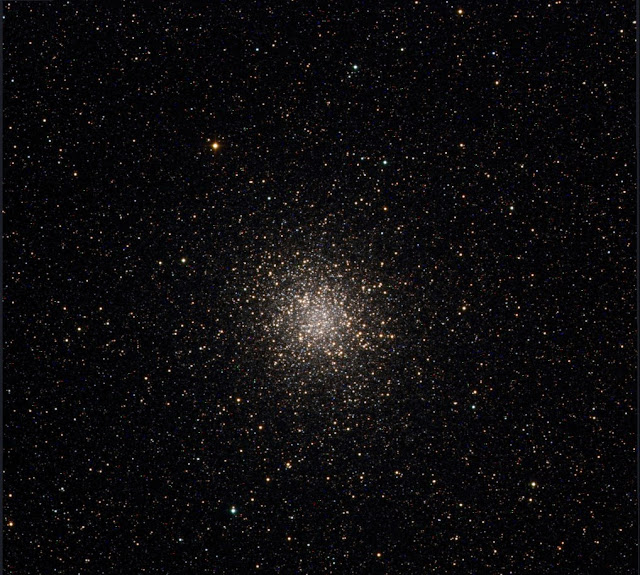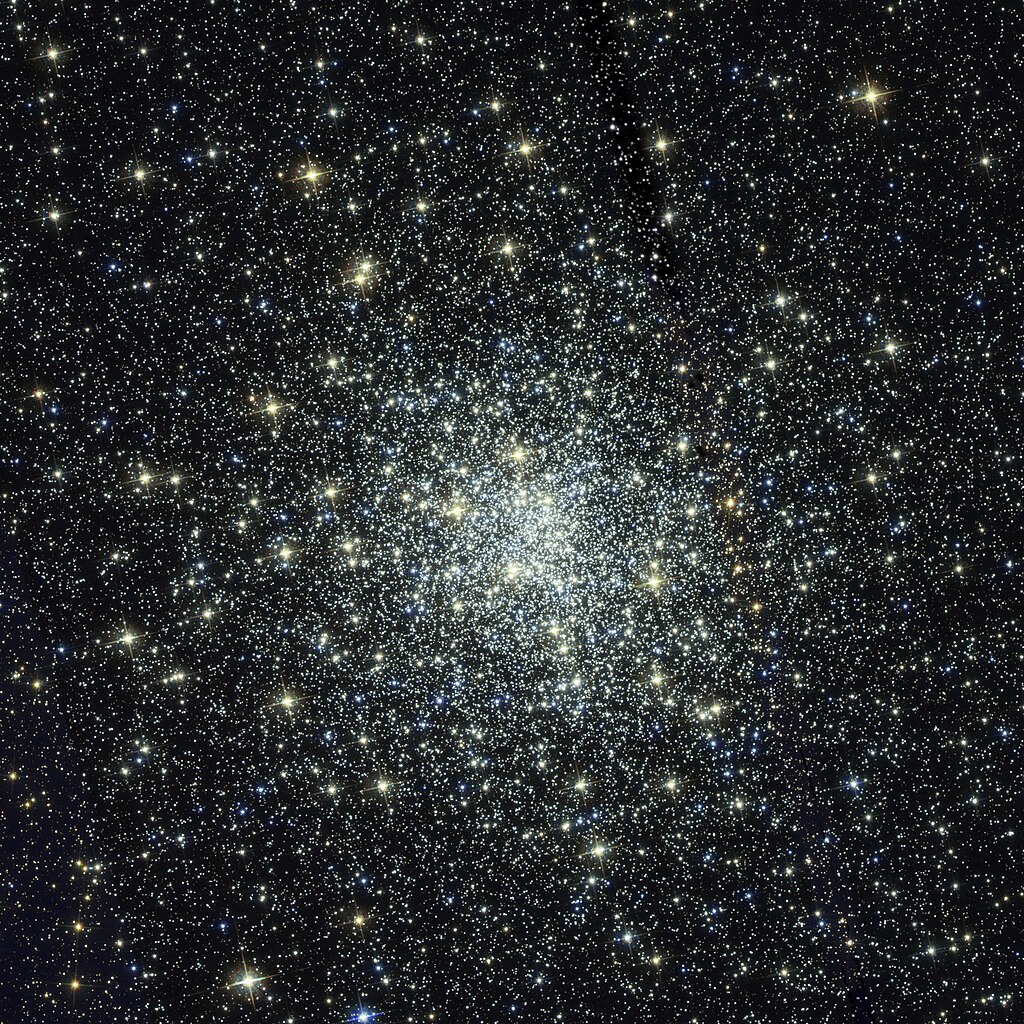Messier Marathon by Remote Telescopes (M20-M29)
梅西耶 馬拉松 之 遠端天文台 版本
Messier marathon is an attempt, usually organized by amateur astronomers, to find as many Messier objects as possible during one night. The Messier catalogue was compiled by French astronomer Charles Messier during the late 18th century and consists of 110 relatively bright deep-sky objects (galaxies, nebulae, and star clusters).
梅西耶 馬拉松 ( Messier Marathon ) 是在一夜內尋找到儘可能多,或儘可能完成全部110個梅西耶天體的活動。
https://zh.wikipedia.org/zh-tw/%E6%A2%85%E8%A5%BF%E7%88%BE%E9%A6%AC%E6%8B%89%E6%9D%BE
梅西耶目錄 是法國天文學家梅西耶在18世紀編輯的,總共有110個相對較明亮的深空天體(星系、星雲和星團)。
https://zh.wikipedia.org/wiki/%E6%A2%85%E8%A5%BF%E8%80%B6%E5%A4%A9%E4%BD%93%E5%88%97%E8%A1%A8
https://zh.wikipedia.org/wiki/%E6%A2%85%E8%A5%BF%E8%80%B6%E5%A4%A9%E9%AB%94
網路上的 遠端天文台,裡面設置 天文望遠鏡, 可以用網路遠端控制,做 天文攝影。
這種方案已經發展多年了,各種功能與介面也越來越純熟了。
遙控望遠鏡(遠端天文台) ( 草山星空 )
https://astrotracer.blogspot.com/2016/07/itelescope.html
我個人因為工作忙碌勞累,不容易參加實體的梅西耶馬拉松,於是就興起一個興趣,想用遠端天文台來拍攝梅西耶深空天體,希望可以在一年,或三年內完成全部110個梅西耶天體。
想稱之為:
梅西耶 馬拉松 之 遠端天文台 版本
預計使用 iTelescope 與 Telescope Live
** CCD 的 LRBG 或 HSO 原始影像 使用 DDS (2020年) 或 CCDStack 疊合 (2023年)
Messier Marathon by Remote Telescopes
Messier Marathon by Remote Telescopes (M1-M9)
Messier Marathon by Remote Telescopes (M10-M19)
Messier Marathon by Remote Telescopes (M20-M29)
Messier Marathon by Remote Telescopes (M30-M39)
Messier Marathon by Remote Telescopes (M40-M49)
Messier Marathon by Remote Telescopes (M50-M59)
Messier Marathon by Remote Telescopes (M60-M69)
Messier Marathon by Remote Telescopes (M70-M79)
Messier Marathon by Remote Telescopes (M80-M89)
Messier Marathon by Remote Telescopes (M90-M99)
Messier Marathon by Remote Telescopes (M100-M110)
Extra:
NGC Omega Centauri, and other Objects ( Omega Centauri NGC )
IC, Barnard, Sh2, Caldwell etc
Astrophotography by Web Remote Telescopes 網路天文攝影 初體驗 (再體驗) + 觀測紀錄
M20 Trifid Nebula ( 三裂星雲 )
https://en.wikipedia.org/wiki/Trifid_Nebula
The Trifid Nebula (catalogued as Messier 20 or M20 and as NGC 6514) is an H II region in the north-west of Sagittarius in a star-forming region in the Milky Way's Scutum-Centaurus Arm.[3] It was discovered by Charles Messier on June 5, 1764.[4] Its name means 'three-lobe'. The object is an unusual combination of an open cluster of stars, an emission nebula (the relatively dense, reddish-pink portion), a reflection nebula (the mainly NNE blue portion), and a dark nebula (the apparent 'gaps' in the former that cause the trifurcated appearance, also designated Barnard 85). Viewed through a small telescope, the Trifid Nebula is a bright and peculiar object, and is thus a perennial favorite of amateur astronomers.
https://zh.wikipedia.org/zh-tw/%E4%B8%89%E8%91%89%E6%98%9F%E9%9B%B2
三裂星雲(也稱為M20、NGC 6514 )是位於人馬座的一個電離氫區。它是夏爾·梅西耶在1764年6月5日發現的[3],它的名稱意義為'分為三片'。這個天體是恆星的疏散星團與發射星雲(下方,紅色部分)、反射星雲(上方,藍色部分)和暗星雲(在發射星雲中造成三叉的黑暗縫隙)的異常組合;這個暗星雲也稱為巴納德85。通過小望遠鏡觀賞,三裂星雲是一個明亮且異常的天體,因此經常是業餘天學家的最愛。
M21 Open Cluster ( 疏散星團 )
https://en.wikipedia.org/wiki/Messier_21
Messier 21 or M21, also designated NGC 6531 or Webb's Cross, is an open cluster of stars located to the north-east of Sagittarius in the night sky, close to the Messier objects M20 to M25 (except M24). It was discovered and catalogued by Charles Messier on June 5, 1764.[7] This cluster is relatively young and tightly packed.
https://zh.wikipedia.org/zh-tw/M21_(%E7%96%8F%E6%95%A3%E6%98%9F%E5%9C%98)
梅西耶21或M21,也稱為NGC 6531,是在人馬座的一個疏散星團。它於1764年6月5日被查爾斯·梅西耶發現,並編入目錄中[7]。這個星團中的恆星排列緊密,顯示它相對年輕。在星團中發現了一些藍巨星,但M21主要由小且暗的恆星組成[3]。
M22 Globular Cluster ( 球狀星團 )
https://en.wikipedia.org/wiki/Messier_22
Messier 22 or M22, also known as NGC 6656 or the Great Sagittarius Cluster, is an elliptical globular cluster of stars in the constellation Sagittarius, near the Galactic bulge region. It is one of the brightest globulars visible in the night sky.
https://zh.wikipedia.org/zh-tw/M22_(%E6%98%9F%E5%9C%98)
M22或梅西耶22,也稱為NGC 6656,位於人馬座,是靠近銀河系核心隆起的核球區域的橢圓形球狀星團。它是夜空中可見最明亮的球狀星團之一。
Telescope Live CHI-1 Imaging: 20210702, Processing 2023-04-15
RGB 300 sec x4
M23 Open Cluster ( 疏散星團 )
https://en.wikipedia.org/wiki/Messier_23
Messier 23, also known as NGC 6494, is an open cluster of stars in the northwest of the southern constellation of Sagittarius.[7] It was discovered by Charles Messier in 1764.
https://zh.wikipedia.org/zh-tw/M23
M23,也稱為NGC 6494,是靠近人馬座這個星座西北方的一個疏散星團 [7]。它是查爾斯·梅西耶於1764年6月20日發現的[3]。
M24 Small Sagittarius Star Cloud ( 小人馬座恆星雲 )
https://en.wikipedia.org/wiki/Small_Sagittarius_Star_Cloud
The Small Sagittarius Star Cloud (also known as Messier 24 and IC 4715) is a star cloud in the constellation of Sagittarius approximately 600 light years wide, which was catalogued by Charles Messier in 1764. It should not be confused with the nearby Large Sagittarius Star Cloud which lies about 10° to the south.
https://zh.wikipedia.org/zh-tw/%E5%B0%8F%E4%BA%BA%E9%A6%AC%E5%BA%A7%E6%81%86%E6%98%9F%E9%9B%B2
人馬座恆星雲是射手座內約600光年寬的恆星雲,由查爾斯·梅西爾(Charles Messier)在1764年編入目錄。請勿將其與附近的人馬座恆星雲混淆,後者位於南方約10°處。組成M24的恆星,星團和其他天體是銀河系的射手座或人馬座星雲臂的一部分。
M25 Open Cluster ( 疏散星團 )
https://en.wikipedia.org/wiki/Messier_25
Messier 25, also known as IC 4725, is an open cluster of stars in the southern constellation of Sagittarius. The first recorded observation of this cluster was made by Philippe Loys de Chéseaux in 1745 and it was included in Charles Messier's list of nebulous objects in 1764.
https://zh.wikipedia.org/zh-tw/M25_(%E7%96%8F%E6%95%A3%E6%98%9F%E5%9C%98)
M25,也稱為IC 4725,是一個由恆星組成,在南天人馬座的疏散星團。Philippe Loys de Chéseaux在1745年對這個星團進行了第一次有記錄的觀測,查爾斯·梅西耶1764年將它收錄進他的星雲天體清單[6]。這個星團位於模糊的特徵附近,因此有一條暗帶通過中心附近[3]。
M25距離地球大約2,000光年 光年,年齡約為6,760萬歲[2]。這個星團在空間的維度大約是13光年,估計質量是1,937 M☉,其中大約24%是星際物質[4]。星團成員中的人馬座U是一顆分類為造父變星的變星[7],還有兩顆紅巨星,且其中一顆是聯星系統[8]。
iTelescope T33 2023-05-18
LRGB Ha 120 sec
T33M26 Open Cluster ( 疏散星團 )
https://en.wikipedia.org/wiki/Messier_26
Messier 26, also known as NGC 6694, is an open cluster of stars in the southern constellation of Scutum. It was discovered by Charles Messier in 1764.
https://zh.wikipedia.org/zh-tw/M26_(%E7%96%8F%E6%95%A3%E6%98%9F%E5%9C%98)
M26或NGC 6694是一個位於盾牌座的疏散星團,在1764年被查爾斯·梅西耶發現,後來被編入星雲星團表。 位置在赤經18h45.2m,赤緯-9°24'。
此星團的直徑約為22光年,距離地球約五千光年,估計有八千九百萬年歷史,最亮星達11.9等。最有趣的是,M26的核心的星比外圍稀疏,很可能是因為有一暗黑星際物質介於M26的核心和地球之間,把一部分星擋著。
M27 Dumbbell Nebula ( 啞鈴星雲 )
https://en.wikipedia.org/wiki/Dumbbell_Nebula
The Dumbbell Nebula (also known as the Apple Core Nebula, Messier 27, and NGC 6853) is a planetary nebula (nebulosity surrounding a white dwarf) in the constellation Vulpecula, at a distance of about 1360 light-years.[1] It was the first such nebula to be discovered, by Charles Messier in 1764.
https://zh.wikipedia.org/zh-tw/%E5%93%91%E9%93%83%E6%98%9F%E4%BA%91
啞鈴星雲(也稱為「蘋果核星雲」、「梅西耶27」和「NGC 6853」)是位於星座狐狸座的行星狀星雲(圍繞白矮星的星雲),距離約1360光年[1]。 這是查理斯·梅西耶(Charles Messier)在1764年發現的第一個這樣的星雲。
M28 Globular Cluster ( 球狀星團 )
https://en.wikipedia.org/wiki/Messier_28
Messier 28 or M28, also known as NGC 6626, is a globular cluster of stars in the center-west of Sagittarius. It was discovered by French astronomer Charles Messier in 1764.
https://zh.wikipedia.org/zh-tw/M28_(%E7%90%83%E7%8B%80%E6%98%9F%E5%9C%98)
M28(NGC 6626)是人馬座中一個小的但很緻密的球狀星團,於1764年被梅西耶發現,直徑約60光年,距地球約18,300光年
M29 Open Cluster, Cooling Tower Cluster ( 疏散星團 )
https://en.wikipedia.org/wiki/Messier_29
Messier 29 or M29, also known as NGC 6913, is a quite small, bright open cluster of stars just south of the central bright star Gamma Cygni of a northerly zone of the sky, Cygnus. It was discovered by Charles Messier in 1764
https://zh.wikipedia.org/zh-tw/M29_(%E7%96%8F%E6%95%A3%E6%98%9F%E5%9C%98)
M29(又稱NGC 6913)為一個位於天鵝座的疏散星團,由查爾斯·梅西耶於1764年所發現。
2023-04-08
2023-04-15



















沒有留言:
張貼留言